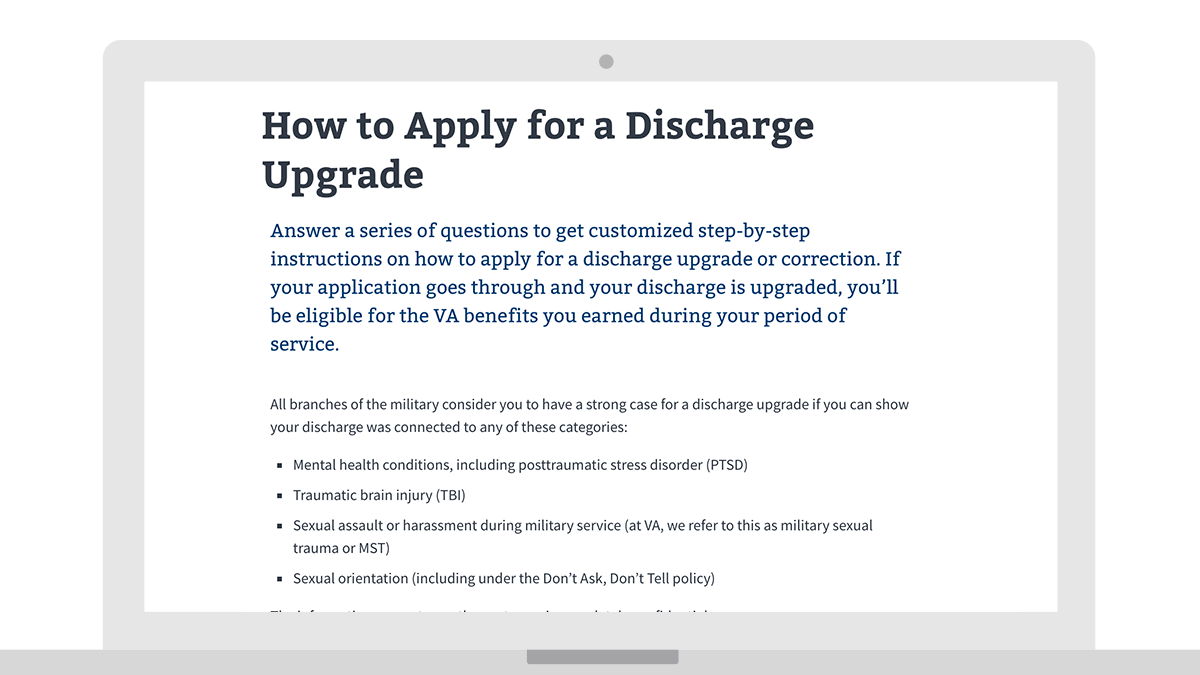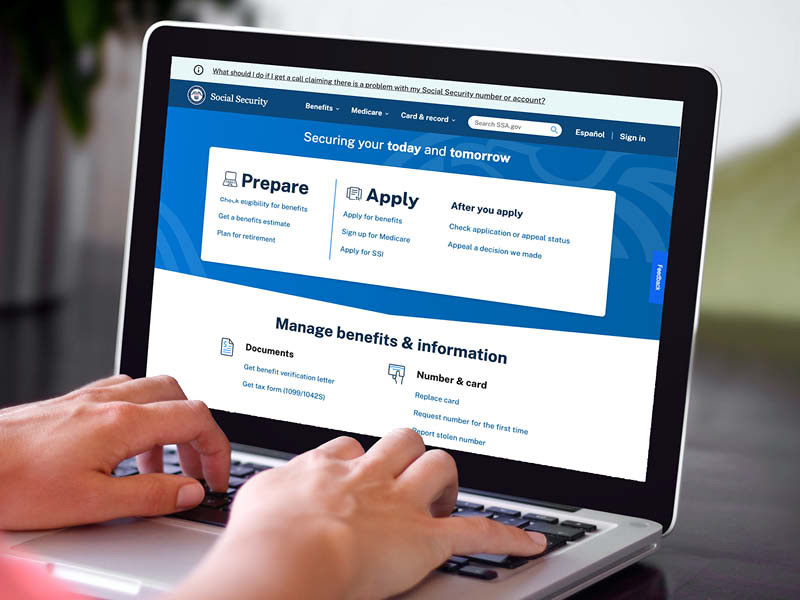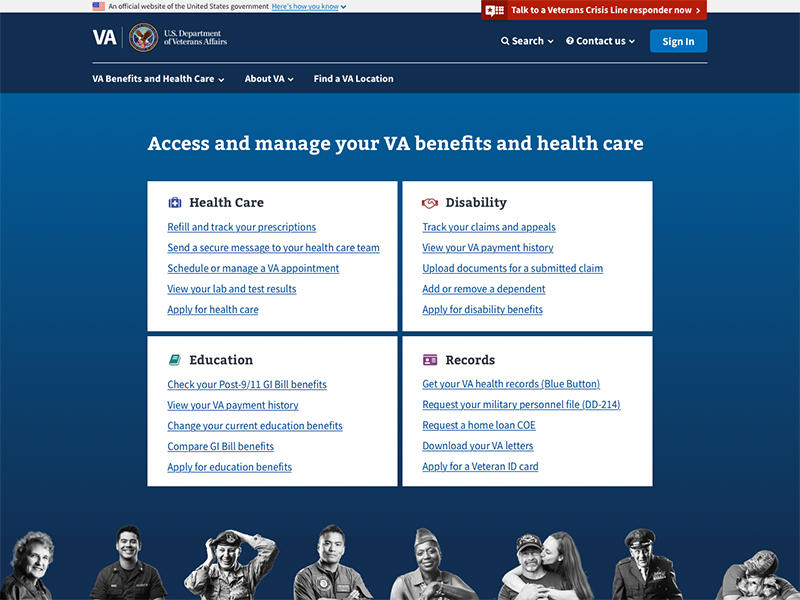Helping Veterans upgrade their Discharge Status
By the Numbers
Veterans used the tool within the first eight months of launch
The Challenge
An estimated 75,000 of our nation’s Veterans were less than honorably discharged as a result of issues including their sexual orientation, undiagnosed post-traumatic stress disorder (PTSD), traumatic brain injury (TBI), or being victims of sexual assault. A less than honorable discharge not only keeps a Veteran from receiving care and benefits, but for many it also prevents reenlistment, eligibility for a competitive job, or reintegration to civilian life. Often, it also means that society doesn’t recognize them as a Veteran. The military indicated that Veterans discharged under these circumstances were likely to receive an upgraded status if they submitted a strong application, but the application process was complex. It was difficult for users to know which form to submit, what evidence to provide, and what military board to submit to.

The Solution
Digital Service at Veterans Affairs led a coalition of concerned employees across Veterans Affairs and the Department of Defense to build a tool that guides users through 9 questions and provides individualized results based on their responses. The customized plain language offers clear, step-by-step guidance on how a Veteran could present a strong application to upgrade their discharge status.
Nothing would make me prouder than getting my other than honorable discharge changed…I simply want the ability of saying, yes, I served proudly, and being able to state in an application that I served.
 Former Airman 2nd Class Helen James, a radio operator, was dishonorably discharged of the Air Force in 1955 because she was a lesbian. She recently received on upgraded honorable discharge (Image courtesy of Legal Aid at Work).
Former Airman 2nd Class Helen James, a radio operator, was dishonorably discharged of the Air Force in 1955 because she was a lesbian. She recently received on upgraded honorable discharge (Image courtesy of Legal Aid at Work).
Press
More projects
-
 Social Security Administration
Social Security AdministrationContinuously improving SSA.gov
The Social Security Administration is building on the momentum from their partnership with the U.S. DOGE Service by implementing iterative research, best practices, and a data-informed approach to ensure the website is usable and useful.
-
 Cross-agency
Cross-agencyChanging how the government hires technical talent
We helped develop a process that allows HR to leverage subject matter experts to evaluate candidates for specialized roles. The result restores fair and open access for all applicants, shortens the hiring timeline, and ensures applicants are truly qualified.
-
 Veterans Affairs
Veterans AffairsSimplifying Veteran‑facing services through VA.gov
Each month, over 10 million people attempt to access the digital tools and content at the Department of Veterans Affairs (VA) and have historically struggled to find what they’re looking for. Digital modernization efforts needed to focus on improving the user experience.


